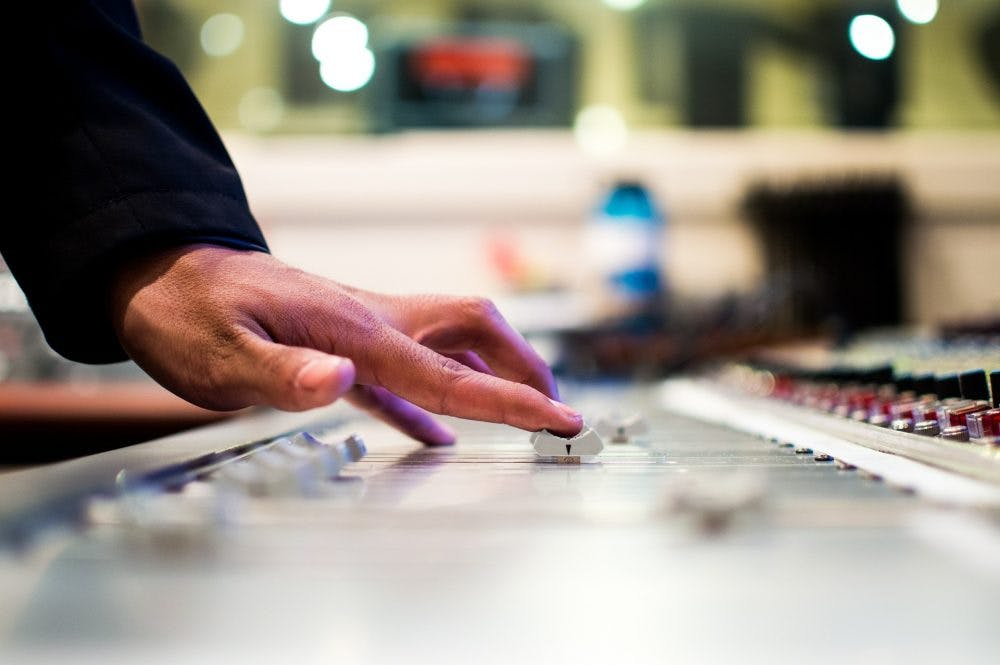“Really, guys? Why bother writing such a geeky article?”
You know how you audition EQs, using the same settings on both, and yet they end up sounding different to each other? Many people prefer the aggressiveness or musicality of one particular EQ more than another. Thankfully, there are ways to describe the differences between EQs and to understand how different filter designs will affect your sounds.
“Why should I go through this article?”
Because most people won’t—and you want to know stuff that your competition doesn’t! Be strong. Be smart. Learn the information below and you’ll have the advantages of saving time and making more confident EQ decisions. You’ll know how to choose the right EQ for the job at hand, compared to randomly opening EQs, going through presets and hoping for a miracle to happen.
Generally, there are three main reasons to use an EQ:
- Make a track sound larger-than-life
- Make a track sound clearer and have more definition
- Make all the elements of a mix work together better by sculpting each element until no element masks or hides another and all the sonic space if filled
For more information on all the various styles of equalizers, read Brad Pack’s great article Types of Equalizers and Their Applications. After reading this article, you may also want to review our article about linear phase EQs to see how phase and shapes my interact to create the best combinations of color vs clarity for your best mixes.
Equalizers, like many things, can be a deep subject and we will go over the common and not-so-common EQ designs in this article. First, we will have a review of some common EQ parameters followed by some exotic but useful EQ curves and shapes. Also, keep in mind that many tracks do not require drastic adjustments. If you can make each track in a mix just 1% or 2% better, your whole mix will improve dramatically!
EQ Controls
Most equalizers have a number of controls in common.
The gain controls the amplitude of the bell or shelf you’re setting up. The value can be positive (boost) or negative (cut).
- Cut-off frequency
The cut-off frequency is the frequency which has the highest or lowest gain on the bell—sometimes referred to as the center frequency. In the case of a shelf filter, it’s the frequency calculated at the exact point where the gain drops by 3dB (half-power) in relation to the maximum gain. For bandpass filters, there is a high and a low cutoff frequency
- Q or bandwidth
The Q functions the same for both shelves and bells: it affects the slope of the EQ curve and the width of the EQ shape. Wide Qs affect more frequencies than narrow Qs. A narrow Q is useful for removing undesirable tones, such as a snare drum ring. A wider Q is generally used for tonal shaping, as it makes the bell less focused, allowing for a more subtle effect. Gentle boosts add size or sheen and gentle cuts can remove boxiness or tubbiness.
Filter types
By way of modern definition, a filter is a single band of an equalizer, so filter and equalizer can almost always be interchanged. Pictured below shows (top to bottom): Peak filters with wide and narrow bandwidths, high and low shelving filters, highpass and lowpass filters creating a bandpass.
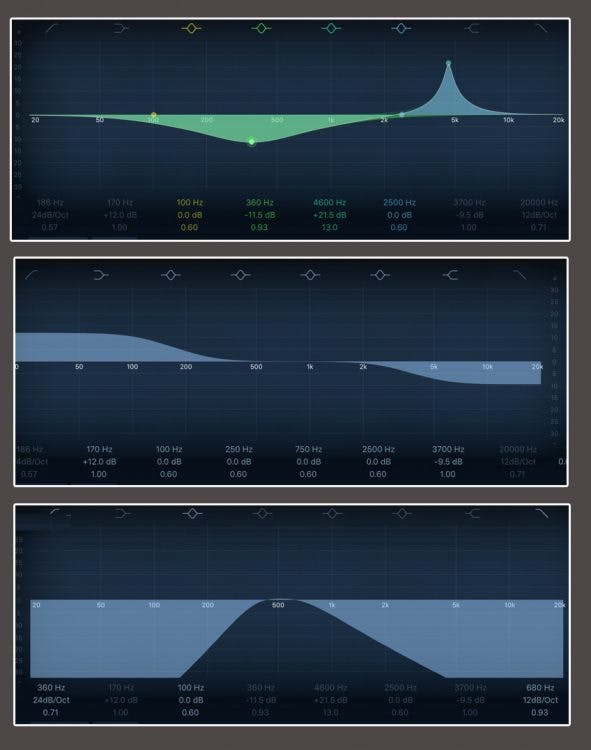
1. Peak (bell-shaped) filter
This type of filter is used to boost or cut a specific frequency band, around the center frequency of the filter. (Bell shapes are peak filters)
2. Shelf (shelving) filter
A shelf, or shelving, filter is used to boost or cut all the frequency content above or below a specified frequency—the cutoff frequency.
3. Pass filter
Such filters are used to more or less gently remove all the frequency content that is below (highpass) or above (lowpass) the specified cut-off frequency. A bandpass filter lets through only frequencies between a highpass and lowpass.
The opposite of a bandpass filter is the notch filter, which removes only a very narrow band.
Filter Shapes
Bell-shaped filters
- Proportional Q
This is a unique type of peak filter with a shape that changes according to how much you boost or cut. As you increase or decrease the gain, the change is proportional to the Q (bandwidth). This means you’ll see the curve tighten the more you boost or cut. This type of bell shape allows you to make gentle gentle changes or surgical cuts/boosts.
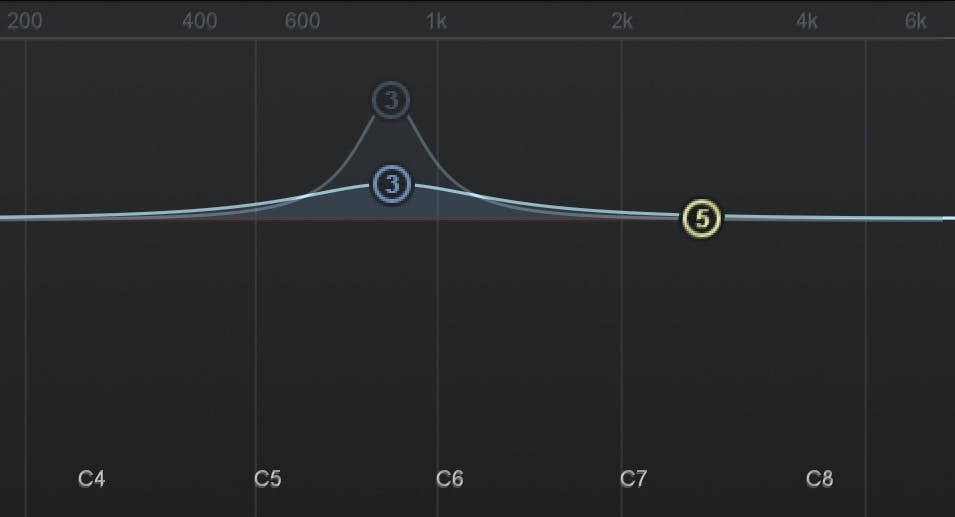
- Peak (Bell)
The bell lets you smoothly boost or cut the chosen part of the frequency spectrum.
When you boost or cut more, the bell filter changes the color and texture of your sound.
This resulting EQ is more aggressive than the Proportional Q.
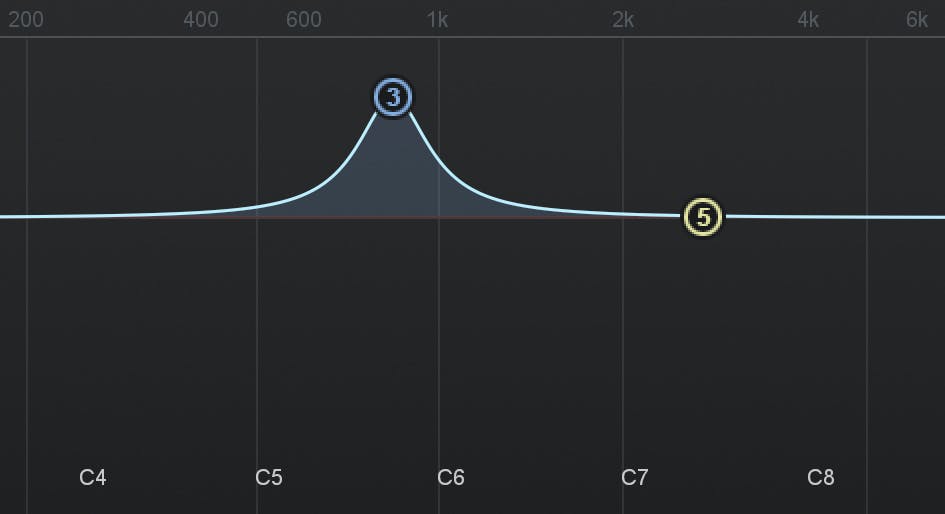
- Band shelf
Even though it’s called a shelf, it still fits under the ‘bell’ category. The band shelf is a bell, but one that has a wider, flatter top. Oftentimes, when boosting or cutting, the center frequency becomes too loud compared to the neighboring frequencies. The band shelf mitigates this unpleasant effect.
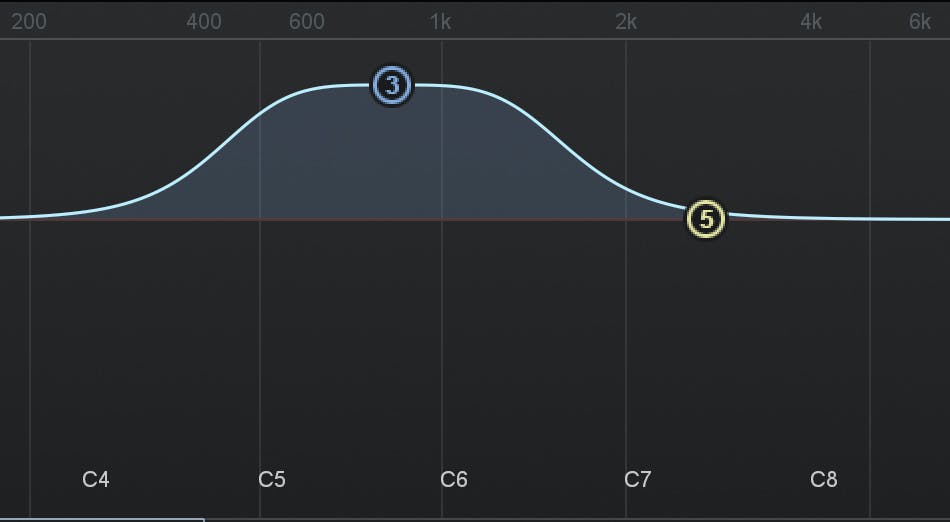
Low-shelf and high-shelf type filters
- Analog/Standard
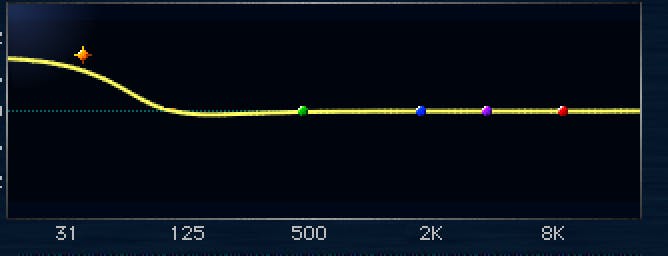
Using this shape allows you to make obvious boosts or cuts for when you want to change how strong the high or low end of the signal is.
- Pultec-style
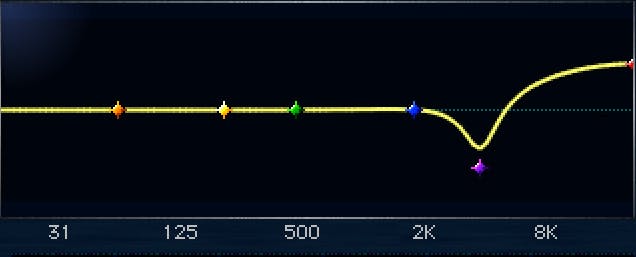
- Resonant
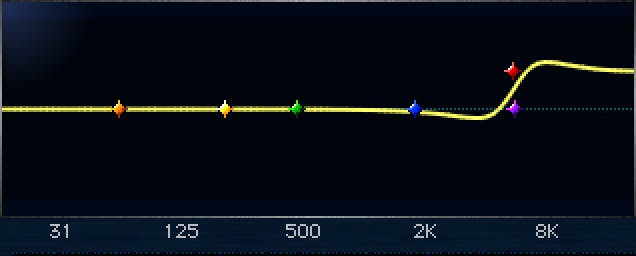
You can use this shape whenever a shelf is called for, but you also want to have a boost and a cut very close to the cut-off frequency.
- Baxandall
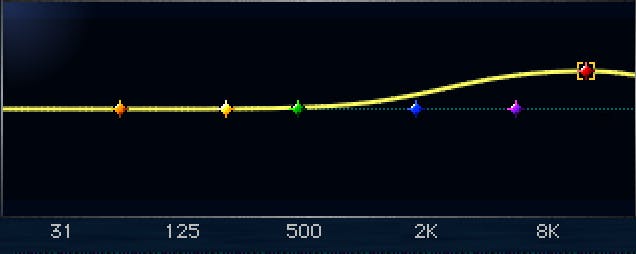
The Baxandall shelves have gently rising/falling slopes that sound more natural than other shapes.
Lowpass and highpass filters
- Flat
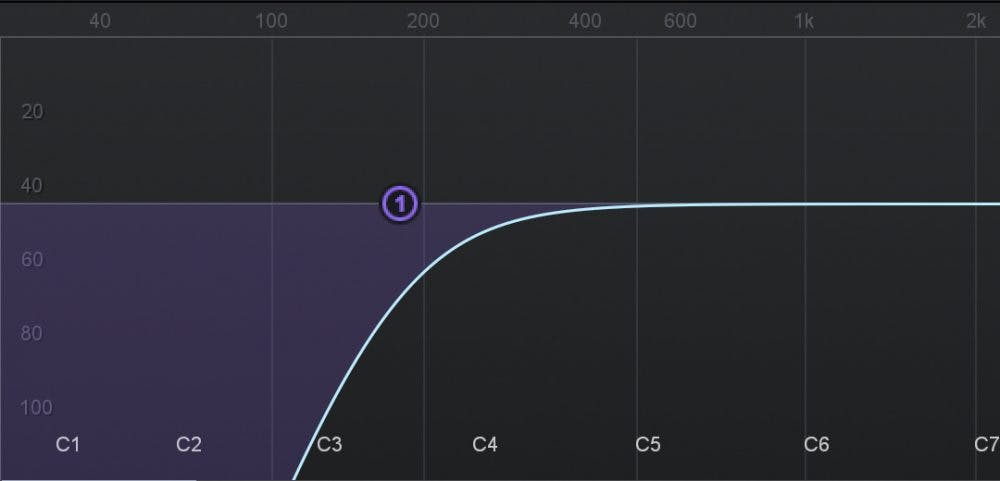
If you want to remove low- or high-frequency content, use a flat shape for a clean and natural sound. Gentle slopes, such as the 6dB or 12dB/octave ones also let you transparently roll-off low end.
- Resonant
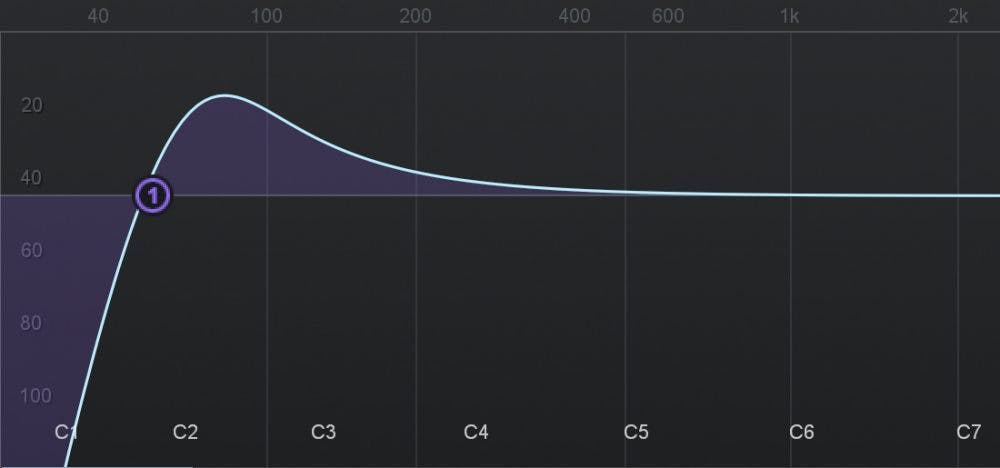
This EQ can give thump to a kick without overemphasizing the subs.
- Brickwall
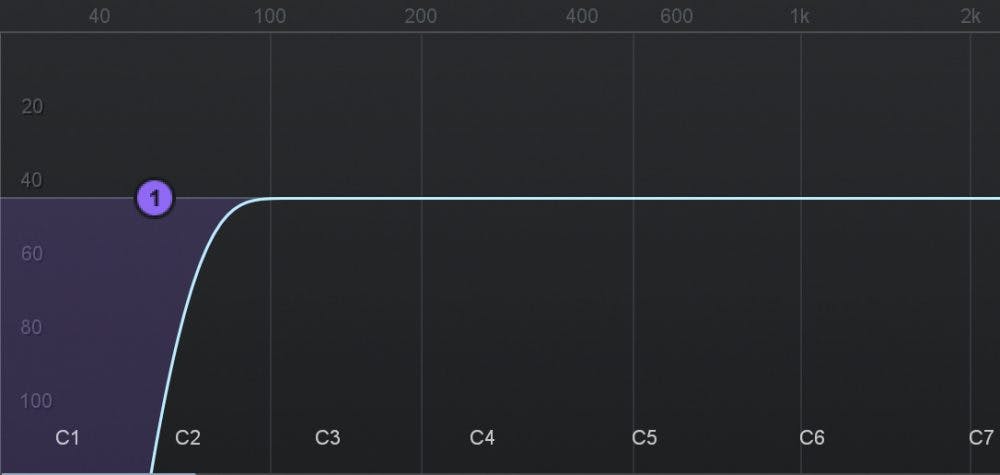
Conclusion
Congratulations! You’ve made it all the way through! These technical articles can get a bit dry sometimes, but they will give you an edge when it comes to understanding your tools. You now have a better grasp on the basic controls of an EQ, as well as on what type of curve is the better choice in various situations. As a bonus, take a look at two legendary EQs in the following case study.
Case Study: SSL E Equalizer vs SSL G Equalizer
SSL consoles have defined the mixing console since the 1970s. The two most notable equalizers on the consoles are the E-series, sometimes called the ‘Black Knob” EQ and the G series EQ. Newer SSL consoles include features of both types of equalizer so that the user can benefit from the distinct flavor of each.
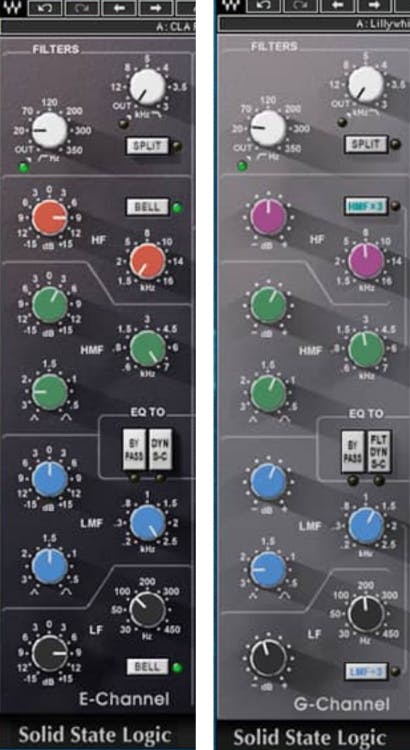
The E-series features constant bandwidth shapes that yield aggressive, narrow boosts and cuts. The G-series provides proportional-bandwidth bells that also employs slight dips just above and below the EQ boost frequency and vice-versa.
The E series EQs have a narrow Q even at low boosts, making them useful for kick, snare, and toms. The G EQ is known to provide wider bandwidths for more character and is especially powerful in the midrange and sparkly high frequencies.
Along with two fully parametric midrange bands, the Waves E-series EQ provides low and high bands that can be either shelf- or bell-shaped, while the G-series provides low- and high-frequency shelving with a wider range of frequency options.
In both of these plugins, the high-pass filter is a steep 18dB/octave while the low-pass is a more gentle 12dB/octave.
